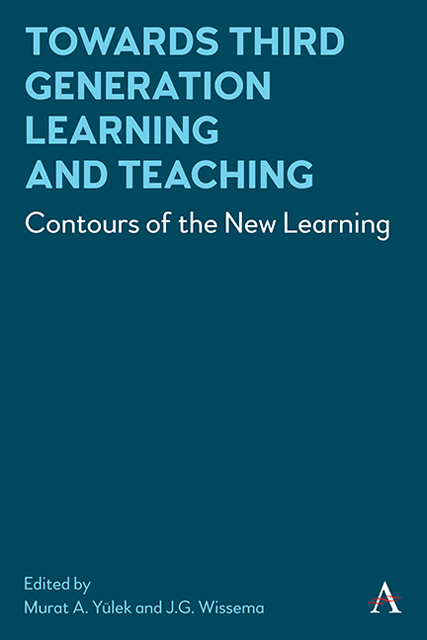Chapter 15 - A New, Effective Model of Industry–University Cooperation
Published online by Cambridge University Press: 10 January 2023
Summary
When the time constants for change in technology respectively education in that technology differ widely, special ways of education are required. The training of highly qualified specialists in microelectronics is a such a case. In addition, this industry has several peculiarities which lead to other problems to the higher educational system. This chapter reports on a successful collaboration between an advanced IT-firm and a technical university.
First, we will discuss the peculiarities inherent in IT-education.
Peculiarities Inherent in IT-Education
The disbalance between the dynamics of the semiconductor industry and the educational system
Over the past 50 years the development of the semiconductor industry has shown very high rates of growth. That circumstance is vividly reflected in Moore’s law, according to which the number of transistors in an integrated circuit (IC) doubles every 18 months. Currently the number of transistors in ICs already surpasses several dozens of billions. This unprecedented rate of development has led not only to a change of IC complexity, but also of other basic parameters, in particular:
• the clock frequency has racked up from several dozens of hertz (Hz) to several dozens of gigahertz (GHz);
• the capacity of memories today is measured in terabytes rather than kilobytes;
• the power consumption has moved to several kilowatts (kWs) from less than one Watt;
• the power density has moved up to several thousands of W/cm2;
• the gate length of complementary metal–oxide–semiconductors (CMOS) transistors has been reduced from several micrometers to three nanometer (nm).
All this has been achieved thanks to the application of constantly renewed technological processes of IC manufacturing. Where micrometer technologies were used a few years ago, today 65, 45, 22, 14, 7, 5 and 3 nanometer technologies have become a reality. The transition of every new technology is considered a “revolution” in the semiconductor industry. The reason is that each transition rearranges the significance of different physical phenomena occurring inside a IC, which necessarily leads to the development of specific new methods of IC design as well as corresponding new Electronic Design Automation (EDA) tools at each transition. In particular, the role of leakage currents up to 0.13 micrometer technology was rather small.
- Type
- Chapter
- Information
- Towards Third Generation Learning and TeachingContours of the New Learning, pp. 223 - 234Publisher: Anthem PressPrint publication year: 2022



